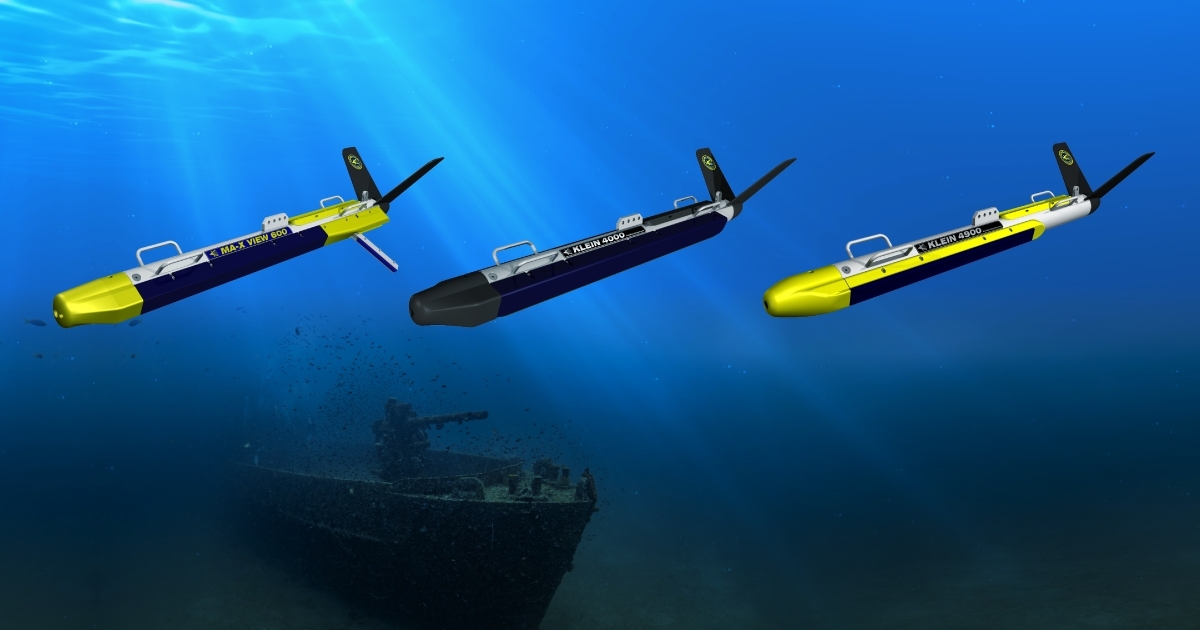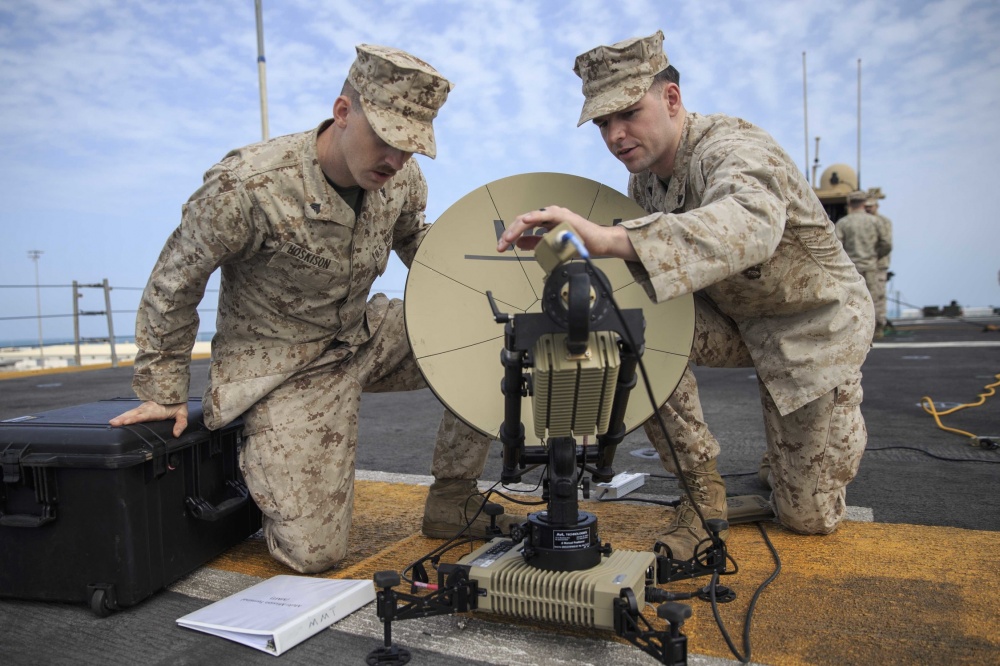
Stealth technology, often considered a pinnacle of modern warfare, has revolutionized the way military operations are conducted.
This article aims to delve into the development and usage of stealth technology, focusing on various aspects such as radar absorbing materials, infrared signature reduction techniques, considerations in designing low observable aircraft, stealth ship design practices, and acoustic stealth techniques.
By exploring these topics in detail, this article seeks to provide an in-depth understanding of the art of invisibility employed by these invisible warriors.
Key Takeaways
- Radar absorbing materials and infrared signature reduction techniques are essential components of stealth technology, helping to reduce radar reflection and thermal emissions, and enhance the stealth capabilities of aircraft and ships.
- Designing low observable aircraft involves shaping the aircraft to minimize radar reflection, using composite materials and radar-absorbing coatings, optimizing engine exhaust, and balancing stealth with aerodynamic performance.
- Stealth ship design practices include employing angular and faceted shapes, using radar-absorbing materials on the hull, reducing noise emissions underwater, incorporating low-profile superstructures, and enhancing the overall stealth capabilities of the ship.
- Acoustic stealth techniques focus on minimizing a ship's acoustic signature by using materials to absorb or deflect sound waves, reducing noise emissions, and making it harder for sonar systems to detect, thereby providing an operational advantage in critical situations.
The Evolution of Stealth Technology
The evolution of stealth technology has seen significant advancements in radar absorbing materials, infrared signature reduction techniques, low observable aircraft design considerations, stealth ship design practices, and acoustic stealth techniques. These advancements have had a profound impact on military tactics.
Radar absorbing materials are designed to reduce the radar cross-section of an object, making it less visible to radar detection systems. Infrared signature reduction techniques aim to minimize the heat emitted by an object, thus reducing its detectability by infrared sensors.
Considerations in designing low observable aircraft involve shaping the aircraft's surfaces to minimize reflections of radar waves and employing advanced materials that absorb or scatter radar signals. Stealth ship design practices incorporate similar principles as those used in aircraft design, such as minimizing radar cross-section and utilizing materials that absorb or deflect radar waves.
Acoustic stealth techniques focus on reducing underwater noise emitted by submarines and other naval vessels to avoid detection by sonar systems.
These advancements in stealth technology have revolutionized military operations by allowing for covert surveillance, precision strikes, and enhanced situational awareness on the battlefield.
Radar Absorbing Materials: The Key to Invisibility
Radar absorbing materials play a crucial role in achieving invisibility. These materials, often made from carbon-based composites, are designed to absorb and dissipate electromagnetic waves emitted by radar systems. By reducing the reflection and scattering of these waves, radar absorbing materials help minimize an object's detectability on radar screens.
In the quest for stealth technology, nanotechnology applications have emerged as a promising avenue for enhancing the performance of radar absorbing materials. Nanomaterials with unique properties can be incorporated into these composites to improve their absorption capabilities across a wider range of frequencies.
Key features of radar absorbing materials include high electrical conductivity, low permittivity, and permeability. Advanced manufacturing techniques allow for precise control over the composition and structure of these materials to optimize their electromagnetic wave absorption characteristics.
Overall, ongoing research and development efforts in radar absorbing materials continue to push the boundaries of stealth technology, enabling military aircraft and ships to operate undetected by enemy radars through effective electromagnetic wave absorption.
Reducing Infrared Signatures for Stealthy Operations
By implementing innovative methods and materials, researchers are able to significantly minimize the infrared signatures emitted by military vehicles and equipment, thereby enhancing their stealth capabilities. Infrared camouflage techniques play a crucial role in reducing the detectability of these assets. One method involves using specially designed coatings that absorb or reflect thermal radiation, making the vehicle blend into its surroundings. Another approach is the use of thermal suppression technologies such as cooled exhausts and heat dissipation systems, which reduce the temperature difference between the vehicle and its environment. These measures make it harder for infrared sensors to detect the vehicle's heat signature. Additionally, advancements in material science have led to the development of materials with low emissivity properties, further reducing their thermal visibility. Overall, these efforts in reducing infrared signatures contribute to increasing stealthiness and improving mission success rates for military operations.
| Method |
Description |
Advantages |
Disadvantages |
| Specially designed coatings |
Coatings that absorb or reflect thermal radiation |
- Provides effective camouflage against infrared detection |
- May require regular maintenance |
| Thermal suppression technologies |
Technologies like cooled exhausts and heat dissipation systems |
- Reduces temperature difference between vehicle and environment |
- Adds weight and complexity |
| Materials with low emissivity |
Materials that emit less thermal energy |
- Decreases thermal visibility |
- Limited availability |
Table: Methods for reducing infrared signatures in military vehicles

Designing Low Observable Aircraft: A Cloak in the Skies
Designing low observable aircraft requires careful consideration and implementation of various engineering techniques to minimize the detectability of these aerial vehicles. With advancements in stealth technology, manufacturers are constantly pushing the boundaries to create aircraft that can operate undetected by enemy radars.
To achieve this, several key factors are taken into account during the manufacturing process:
Radar Absorbing Materials (RAM): Special coatings containing carbon-based compounds are applied to the surfaces of the aircraft to absorb and dissipate radar waves, reducing their reflection back to the source.
Shape Optimization: The design of low observable aircraft focuses on minimizing radar cross-section by utilizing faceted surfaces and angles that deflect radar waves away from their source.
Infrared Signature Reduction: Heat-emitting components such as engines and exhausts are carefully shielded or positioned to minimize their infrared signatures, making it harder for heat-seeking missiles or infrared sensors to detect them.
Material Selection: Lightweight composite materials with high strength-to-weight ratios are used in constructing stealth aircraft. These materials not only contribute to overall weight reduction but also possess low radar reflectivity characteristics.
By incorporating these techniques, stealth aircraft manufacturers continue to push the limits of what is possible in terms of reducing detectability and ensuring freedom of operation in modern warfare.

Silent Ships: The Secrets of Stealthy Naval Design
Naval architects employ a range of advanced engineering methods to develop ships with reduced detectability, ensuring they remain inconspicuous in maritime operations. Underwater stealth is a crucial aspect of naval design, as it allows ships to evade detection by submarines and other underwater sensors.
To achieve this, designers use acoustic camouflage techniques that minimize the ship's acoustic signature. This involves incorporating materials and designs that absorb or deflect sound waves, reducing the noise emitted by the ship and making it harder for sonar systems to detect.
By reducing the acoustic signature, stealthy ships can avoid detection and maintain their operational advantage in critical situations. The development of effective underwater stealth technology continues to be an area of active research and innovation in naval architecture, ensuring that modern naval vessels remain undetectable in hostile environments.
Frequently Asked Questions
What are the potential drawbacks or disadvantages of using radar absorbing materials in stealth technology?
The drawbacks of radar absorbing materials in stealth technology include increased weight and cost, limited effectiveness at certain frequencies, and potential degradation over time. Reduced infrared signatures can impact stealth by increasing visibility to infrared sensors.
Reducing infrared signatures in stealth technology can lead to reduced performance due to challenges in thermal management. Maintaining low heat signatures while still effectively dissipating heat becomes crucial for avoiding detection and ensuring optimal operational capabilities.
What are some of the challenges faced in designing low observable aircraft and how are they overcome?
Challenges in stealth aircraft design include balancing aerodynamics with low observability, integrating advanced materials and technologies, managing weight and cost constraints, and addressing maintenance and sustainment issues. These challenges are overcome through rigorous testing, simulation, and iterative design processes.
Can stealth ship design practices be applied to other types of naval vessels, such as submarines?
Stealth ship design practices can be applied to submarines, but face challenges in implementation. Advantages include improved survivability and reduced detectability. Drawbacks include cost, size limitations, and trade-offs in acoustic stealth techniques.

Are there any limitations or trade-offs associated with acoustic stealth techniques in stealth technology?
Acoustic stealth techniques in stealth technology have limitations and trade-offs. While they can provide advantages such as reducing the detectability of submarines by sonar systems, their effectiveness can be affected by factors like water temperature, salinity, and background noise levels.
 GadgetsProduct ReviewsSmart DevicesDronesVirtual DevicesPrivacy PolicyTerms And Conditions
GadgetsProduct ReviewsSmart DevicesDronesVirtual DevicesPrivacy PolicyTerms And Conditions
